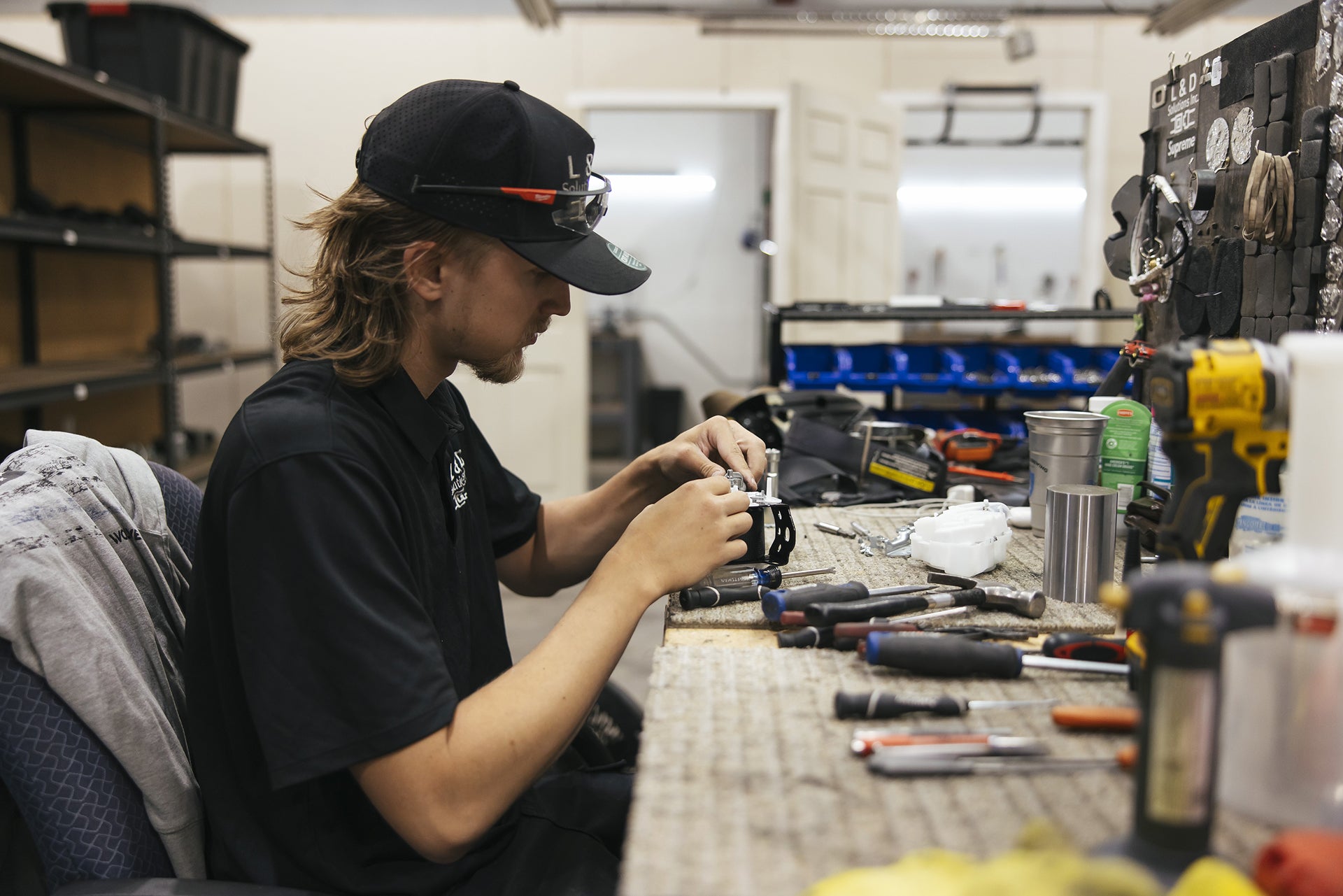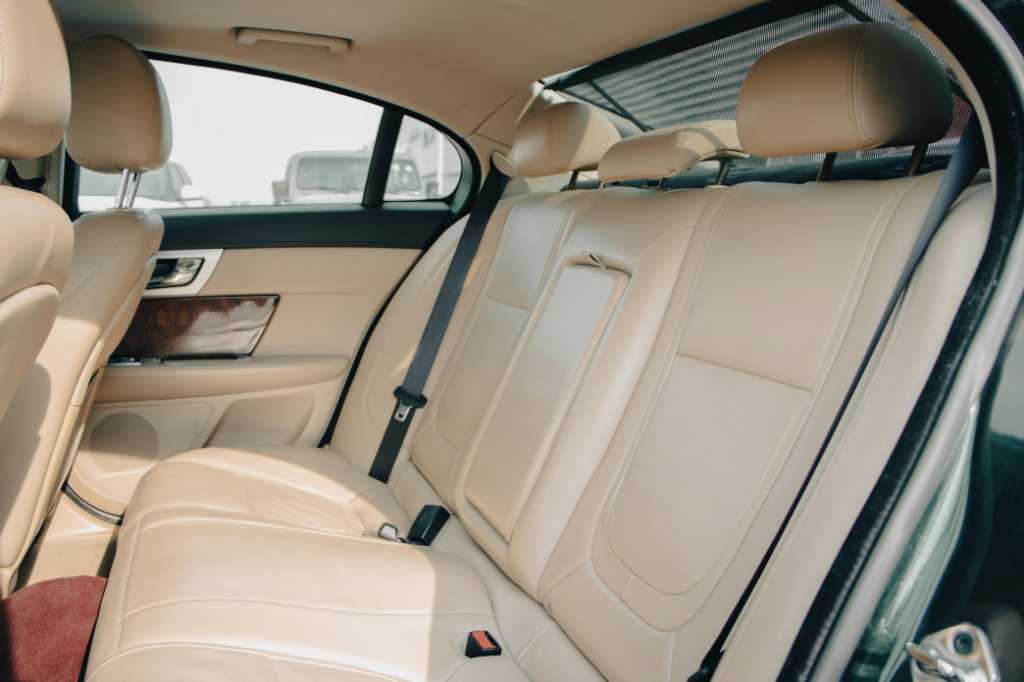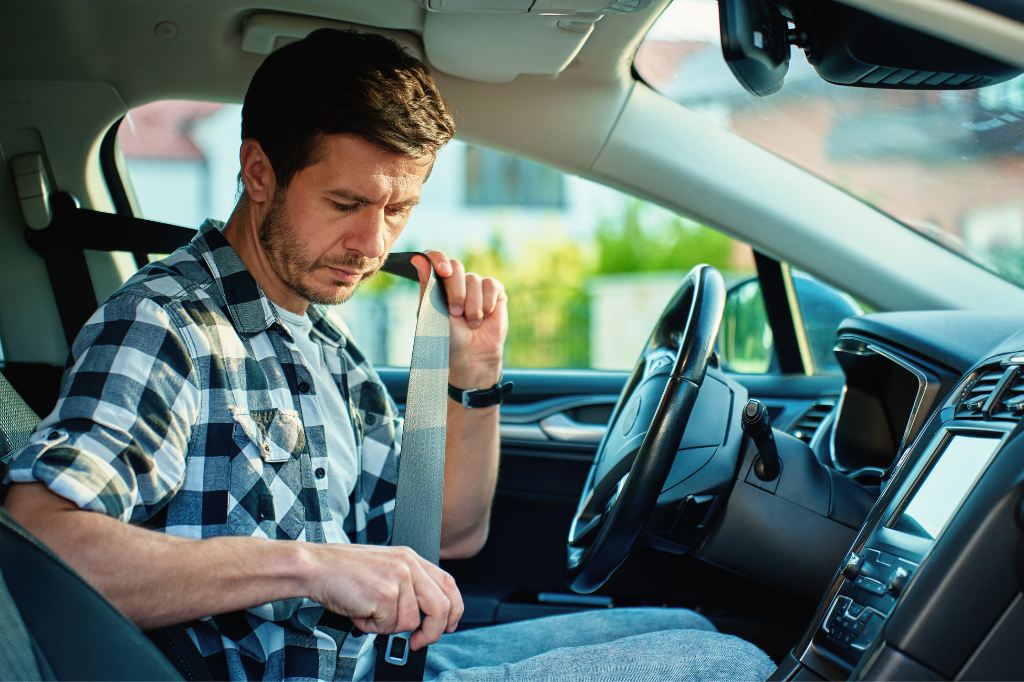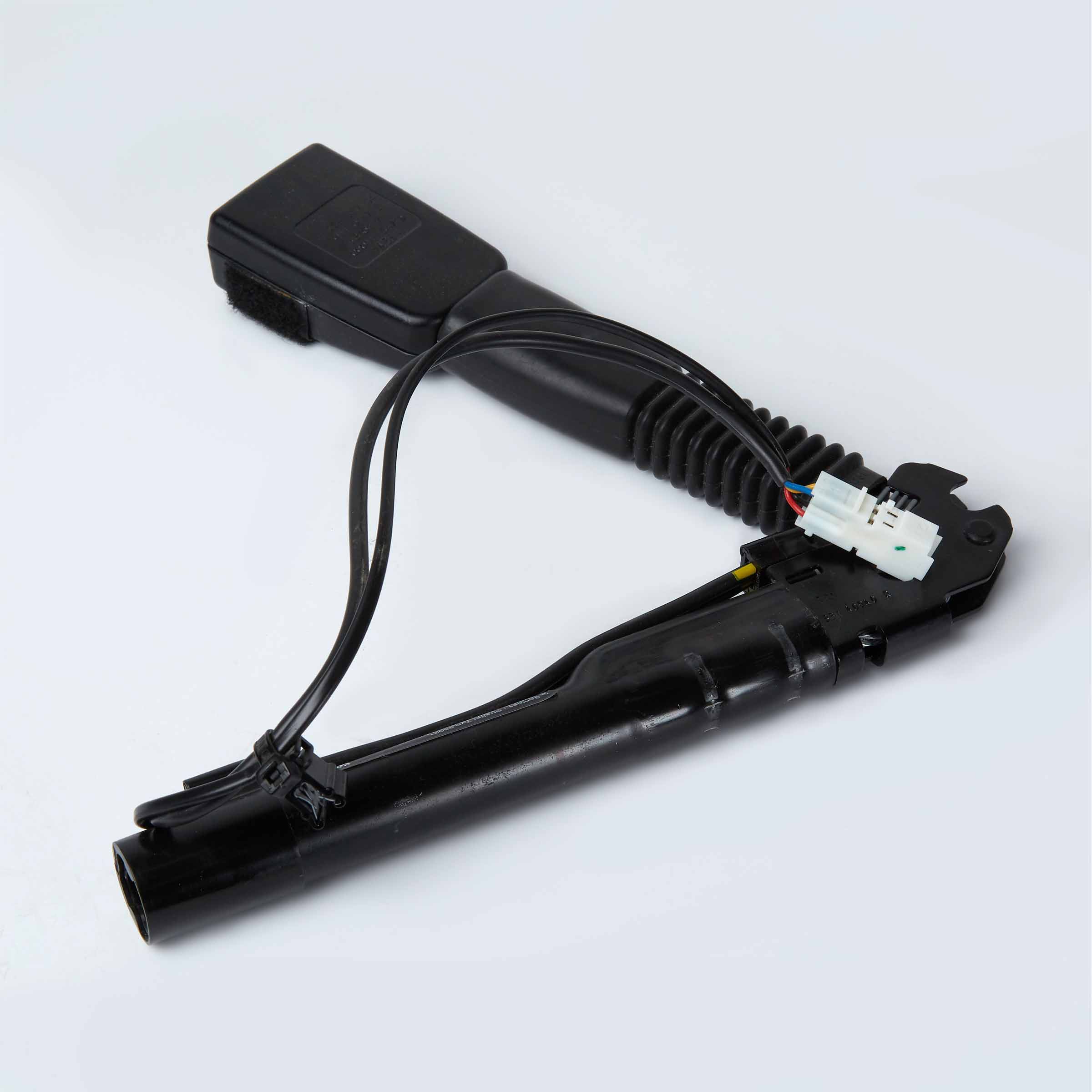We’ve all seen it. Someone hops into the back, tosses the belt behind their shoulder, and says, “I’m fine, it’s just a short drive.” Here’s the thing: skipping the seat belt in the backseat isn’t a tiny mistake. It’s a multiplier of risk, for the person unbuckled and for the people in front of them.
Why do people still do it? Comfort. Habit. A false sense of safety because “the front is more dangerous.” But physics doesn’t care where you sit. In a sudden stop or crash, an unbelted backseat passenger turns into a 100+ pound projectile. That force hits the driver or front passenger at the worst possible moment.
Let’s be honest. The backseat belt feels optional to a lot of people. It isn’t.
Why skipping the seat belt in the backseat endangers everyone
When someone in the back isn’t buckled, the risk spreads forward.
- They can be thrown forward into the front seats, injuring or even killing buckled passengers.
- They slam into the driver’s seat, potentially causing the driver to lose control.
- Airbags and crumple zones are designed assuming seat belts are used. Unbelted occupants break the assumptions engineers depend on to keep you alive.
Think about it like this: cars are systems. Remove one part, a simple click of a belt, and the system stops working as designed.
A quick comparison
| Scenario | Unbelted Backseat Passenger | Belted Backseat Passenger |
|---|---|---|
| Hard braking or crash | Becomes a projectile, injures others | Stays restrained, injuries reduced |
| Driver and front passenger safety | Significantly compromised | System works as intended |
| Post-crash outcome | Higher chance of severe head/torso trauma | Lower risk across all body regions |
Common myths about skipping the seat belt in the backseat
Myth 1: “The backseat is safer, so I don’t need it.”
The backseat can be safer, when you’re buckled. Without the belt, the advantage largely disappears.
Myth 2: “I’m a grown adult. Kids need belts, not me.”
Adults create more force in a crash because they weigh more. That means more danger to everyone when they’re unrestrained.
Myth 3: “It’s a short ride. I’ll be fine.”
Most crashes happen close to home. Short rides invite shortcuts. Don’t take one with your life.
Myth 4: “I’m sitting in the middle. It’s awkward to buckle.”
Awkward for five seconds vs. life-altering injuries. Your call.
The physics you can’t negotiate with
At 30–40 mph, a crash can generate thousands of pounds of force. Your body keeps moving at the same speed your car was moving until something stops it. If that “something” is the front passenger’s head or spine, you’re not just risking yourself, you’re deciding for them too.
Seat belts spread forces across the body’s strongest areas and keep you inside the safety cage of the vehicle. That’s the single biggest thing that saves lives in crashes, front or back.
Skipping the seat belt in the backseat can cost you legally and financially
Depending on your state or country, you can be:
- Ticketed as the unbelted passenger.
- Held partially responsible in civil claims if your injuries were worse because you didn’t buckle up.
- Facing higher medical costs, reduced insurance payout, or even denied benefits.
- Even if the law doesn’t require rear seat belts where you live, common sense should.
Real-world scenarios that play out all the time
- Rideshares: Passengers hop into the back, don’t buckle, and scroll. A sudden stop. The unbelted rider slams into the driver. Everyone’s hurt. The driver loses their income for weeks.
- Family road trip: Teen in the back refuses to buckle. A minor sideswipe turns major because of their impact on the front passenger. That’s a lifetime of “we should’ve made it non-negotiable.”
- City driving: Short trips. Lots of stop-and-go. The low-speed crash that still sends the unbelted backseat passenger into the dashboard. It happens more than you think.
How to make backseat buckling non-negotiable (without sounding like a cop)
- Make it a rule in your car: Every seat, every ride. No exceptions. If someone won’t buckle, you don’t drive.
- Lead with respect, not lectures: “Hey, I care about everyone in my car, please buckle up.”
- Use the tech: Many cars show belt status for all seats. Some chime until everyone’s strapped in. Don’t disable it.
- Teach kids now: If your kids only know cars = buckles, they’ll carry it into adulthood.
- Make it instant: The longer someone sits unbuckled, the harder it is to ask.
A quick script you can actually use
“Mind buckling up in the back? Unbelted passengers can seriously injure people in front during a crash. I don’t drive unless everyone’s buckled.”
Short. Direct. No drama.
The uncomfortable truth: your belt protects the stranger in front of you
Seat belts aren’t just personal protection. They’re communal. You can do everything right in the front seat and still be injured badly by the person behind you who didn’t click in. That’s the overlooked danger: you may think you’re just accepting your own risk, but you’re assigning risk to others.
Parents, this part’s for you
Teens mirror what they see. If you’re loose with the rules, they’ll be looser. Set the tone now:
- “Car moves only when every belt clicks.”
- “No arguing, no exceptions.”
- “Friends who ride with us know the rule.”
You’re not being strict. You’re being responsible.
Rideshare drivers: protect yourself
If you drive for Uber, Lyft, or a local service:
- State your policy politely as riders enter.
- Don’t move until you hear the click.
- Use signage: “For your safety and mine, please buckle up in the back.”
- If needed, end the ride. Your health and your family’s financial stability matter more.
But what about buses and older cars?
Public buses are a different conversation with different engineering assumptions. Older cars without rear belts? They exist, but they’re rare. If you ride in one, understand the risk you’re accepting. If you own one, retrofit if possible. If you can’t, assign the safest seats carefully and drive defensively.
A quick checklist to embed new habits
- Before you shift out of park, glance at the belt indicators.
- If you’re a passenger, buckle the second you sit.
- If you’re a parent, ask “Belts on?” as the default last check.
- If you’re the friend with the car, normalize asking. The right people won’t mind.
The bottom line
Skipping the seat belt in the backseat is an overlooked danger with very real consequences. It’s not just about you. It’s about the person in front of you. The family next to you. The driver doing everything right who still gets hurt because someone behind them decided they were “fine.”
Make it simple: every seat, every ride. No debate, no guilt, no awkwardness. Just a habit that keeps everyone alive.
Ready to make it a rule? Start today. Tell your family, your friends, your rideshare passengers: we buckle up in the back. Always.




Leave a comment
This site is protected by hCaptcha and the hCaptcha Privacy Policy and Terms of Service apply.